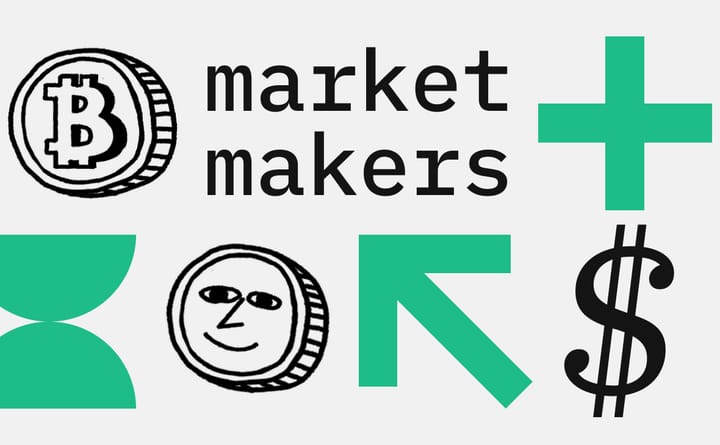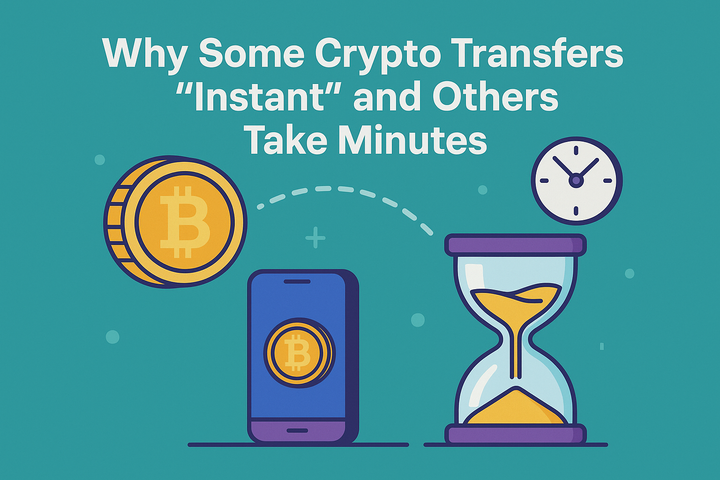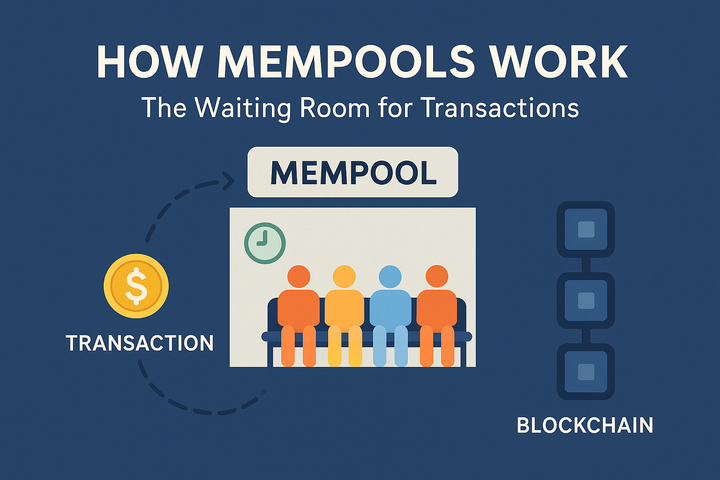Mitosis Blockchain: Redefining Governance Through Decentralized Liquidity Control

Introduction
Decentralized Finance (DeFi) has emerged as a transformative force in the blockchain ecosystem, promising to democratize financial services by eliminating intermediaries and fostering trustless, transparent systems. However, as DeFi has grown, so too have its challenges—liquidity fragmentation, centralized control over key processes, and governance models that often fail to reflect the decentralized ethos of blockchain technology. Enter Mitosis Blockchain, a Layer 1 protocol designed to address these issues through an innovative approach: decentralized liquidity control underpinned by its Ecosystem-Owned Liquidity (EOL) model. This article explores how Mitosis redefines governance in DeFi by empowering its community to collectively manage liquidity, offering a potential blueprint for the future of decentralized systems.
Mitosis stands out by shifting the paradigm from protocol-centric liquidity management to a community-driven framework. Unlike traditional DeFi platforms where liquidity is often controlled by a select few—be it large liquidity providers (LPs) or centralized governance bodies—Mitosis distributes decision-making power across its ecosystem. This is achieved through mechanisms like the tokenization of liquidity positions (via miAssets and maAssets) and a governance structure that ties voting power to liquidity contributions. By examining Mitosis’s approach, we can better understand how decentralized liquidity control could reshape DeFi governance, making it more inclusive, transparent, and resilient.
The Problem with Traditional DeFi Governance
To appreciate the Mitosis's innovation, it is worth examining the limitations of governance in conventional DeFi systems. Most DeFi protocols rely on liquidity pools to facilitate trading, lending, and other financial activities. However, these pools are often fragmented across different blockchains—Ethereum, Solana, Binance Smart Chain, and others—leading to inefficiencies such as high slippage, underutilized capital, and limited interoperability. Governance in these systems typically falls to token holders or delegated councils, but the reality is often less democratic than it seems. Large stakeholders, or "whales," can dominate decision-making, while smaller participants are sidelined. Moreover, liquidity provision is frequently a passive process, with LPs having little say over how their assets are deployed beyond choosing a pool.
This centralization of control undermines the promise of DeFi as a decentralized alternative to traditional finance. For instance, protocols like Uniswap or Aave allow LPs to deposit assets into pools, but the broader strategy—where liquidity is allocated or how rewards are distributed—is dictated by protocol developers or governance votes skewed toward concentrated token ownership. The result is a system where power imbalances persist, and liquidity remains static, unable to adapt dynamically to the needs of the ecosystem.
Mitosis Blockchain: A New Approach to Liquidity and Governance
Mitosis Blockchain introduces a radical rethinking of this model by placing liquidity at the heart of its governance structure. Built as a Layer 1 blockchain, Mitosis leverages its EOL framework to aggregate liquidity from individual providers under a decentralized autonomous organization (DAO)-like governance model. This setup allows retail LPs to participate at an institutional level, pooling their resources to influence the ecosystem’s direction collectively.
At the core of Mitosis’s innovation are two types of tokenized assets: miAssets and maAssets. When users deposit vanilla assets (e.g., ETH or stablecoins) into Mitosis Vaults, they receive miAssets, which grant governance rights and yield opportunities. Alternatively, locking assets into time-bound Matrix campaigns yields maAssets, offering fixed-term rewards. These tokenized liquidity positions are not just passive receipts; they are programmable, tradable, and usable across the Mitosis ecosystem, giving LPs unprecedented flexibility and control.
Gvernance in Mitosis is tied directly to these assets. The more liquidity a user contributes—reflected in their miAsset holdings—the greater their voting power in decisions about liquidity allocation, protocol partnerships, and reward structures. Unlike traditional DAOs where governance tokens are often separate from functional utility, Mitosis integrates governance with liquidity provision, aligning incentives between LPs and the ecosystem’s health. This creates a feedback loop: as the ecosystem grows and attracts more Total Value Locked (TVL), the bargaining power of LPs increases, enabling them to negotiate better terms with DeFi protocols seeking liquidity.
Key Features and Benefits
- Decentralized Liquidity Control: By allowing LPs to vote on how liquidity is deployed—whether to lending protocols, cross-chain opportunities, or specific campaigns—Mitosis ensures that control is distributed rather than concentrated. This contrasts with centralized models where developers or large stakeholders dictate terms.
- Programmable Liquidity: The tokenization of liquidity positions into miAssets and maAssets enables dynamic management. LPs can monetize opportunity costs, diversify strategies, and interact seamlessly with Mitosis-powered applications, all while retaining ownership of their assets.
- Transparency and Fairness: Governance decisions are made through public votes and community discussions, reducing the opacity often seen in DeFi. The Matrix system, for example, allows protocols to offer transparent, high-yield opportunities directly to LPs, cutting out middlemen and hidden deals.
- Cross-Chain Compatibility: Mitosis’s architecture supports interoperability, addressing liquidity fragmentation by enabling assets to move natively across chains without risky bridges or wrapped tokens. This is facilitated by partnerships with projects like Hyperlane, enhancing the ecosystem’s reach.
Since its inception, Mitosis has demonstrated rapid growth, amassing over $80 million in TVL within three months of its vault operations and securing $7 million in funding. Strategic collaborations with protocols like Ether.fi and Symbiotic further underscore its potential to redefine DeFi governance.
Challenges and Considerations
While Mitosis offers a compelling vision, it is not without challenges. Decentralized governance tied to liquidity contribution could still favor larger players, albeit less so than in token-only systems. Smaller LPs might struggle to amass enough miAssets to influence decisions meaningfully, potentially replicating some of the power imbalances it seeks to eliminate. Additionally, the complexity of managing programmable liquidity and evaluating Matrix campaigns may pose a barrier to less experienced users, necessitating robust educational resources. Technical risks also loom large. Like all DeFi protocols, Mitosis relies on smart contracts, which, if flawed, could be exploited, leading to asset losses. The platform’s cross-chain ambitions further introduce dependencies on external networks, requiring rigorous security measures to maintain trustlessness.
Conclusion
Mitosis Blockchain represents a bold step forward in the evolution of DeFi governance. By intertwining liquidity provision with decision-making power, it offers a model that is both decentralized and practical, addressing longstanding issues of control, efficiency, and inclusivity. Its EOL framework and tokenized liquidity positions empower LPs to shape the ecosystem actively, fostering a collaborative environment where transparency and fairness take precedence over centralized authority. As DeFi continues to mature, Mitosis’s approach could serve as a template for other protocols seeking to balance scalability with decentralization. While challenges remain—particularly around accessibility and security—the potential rewards are significant. By redefining governance through decentralized liquidity control, Mitosis not only enhances the utility of liquidity in DeFi but also reaffirms the core promise of blockchain technology: a system owned and operated by its community. As the platform progresses toward its public testnet and beyond, it will be fascinating to see how this experiment in governance influences the broader DeFi landscape, potentially heralding a new era of truly decentralized finance.



Comments ()